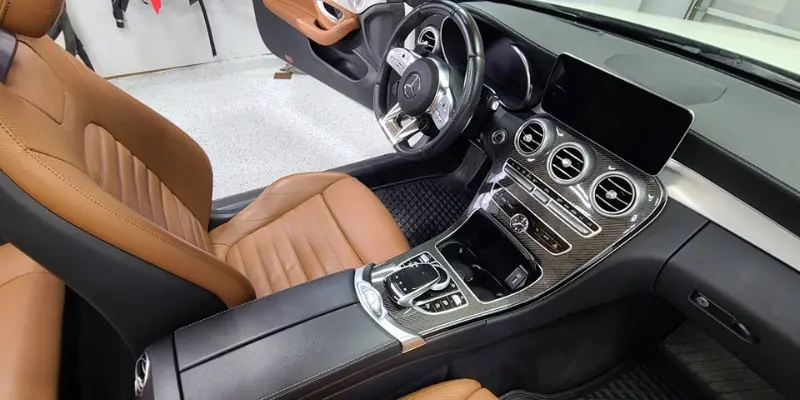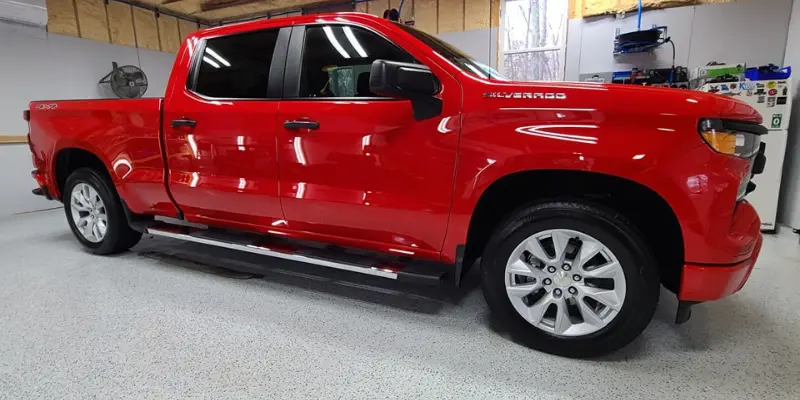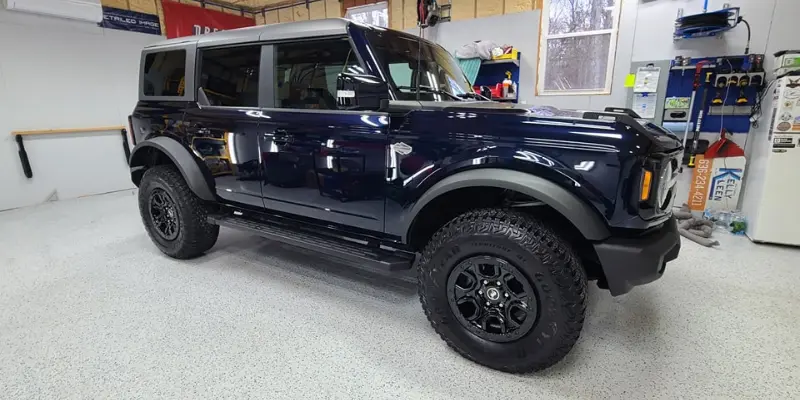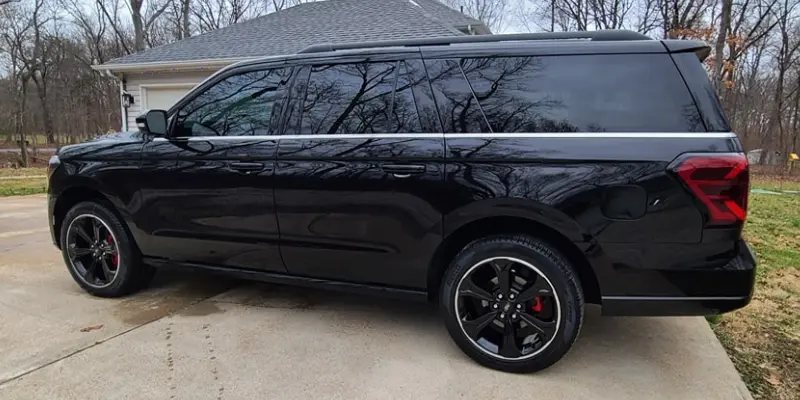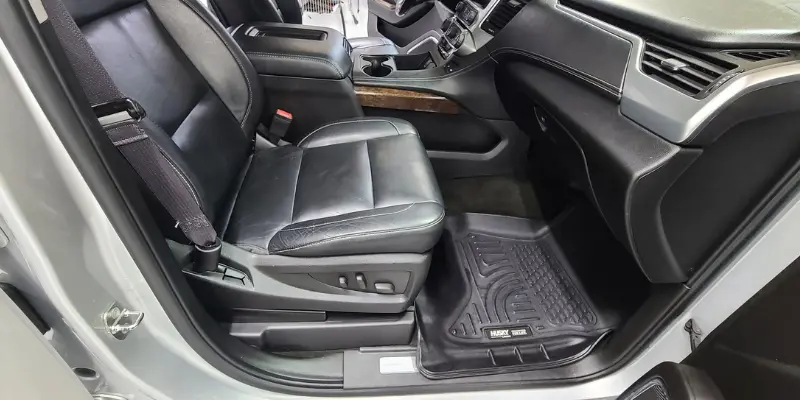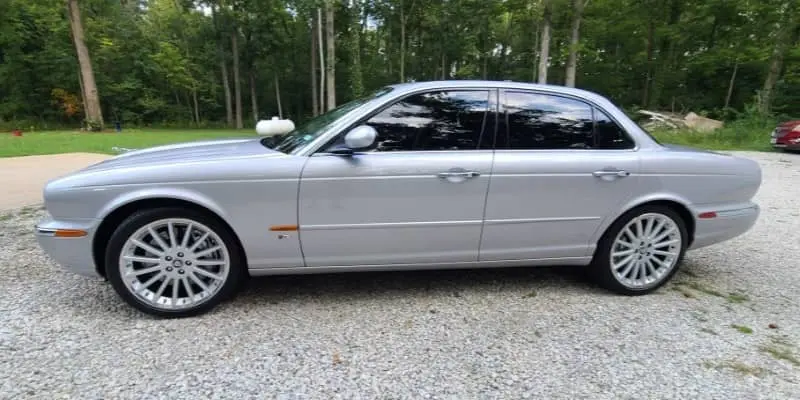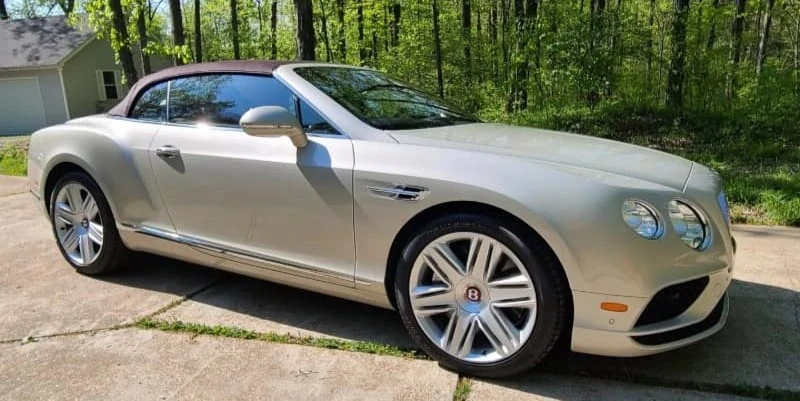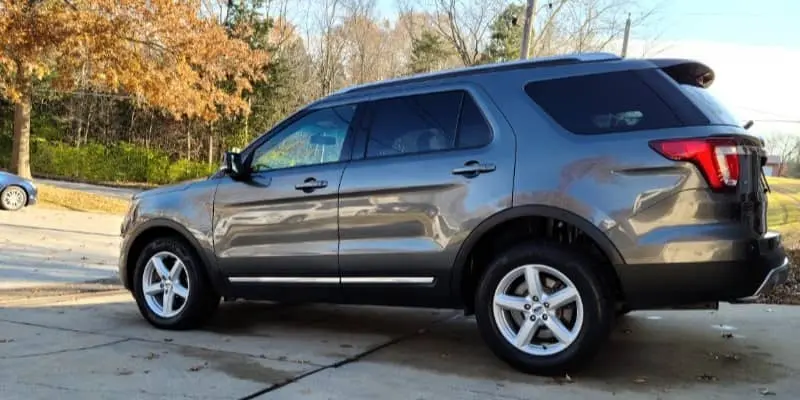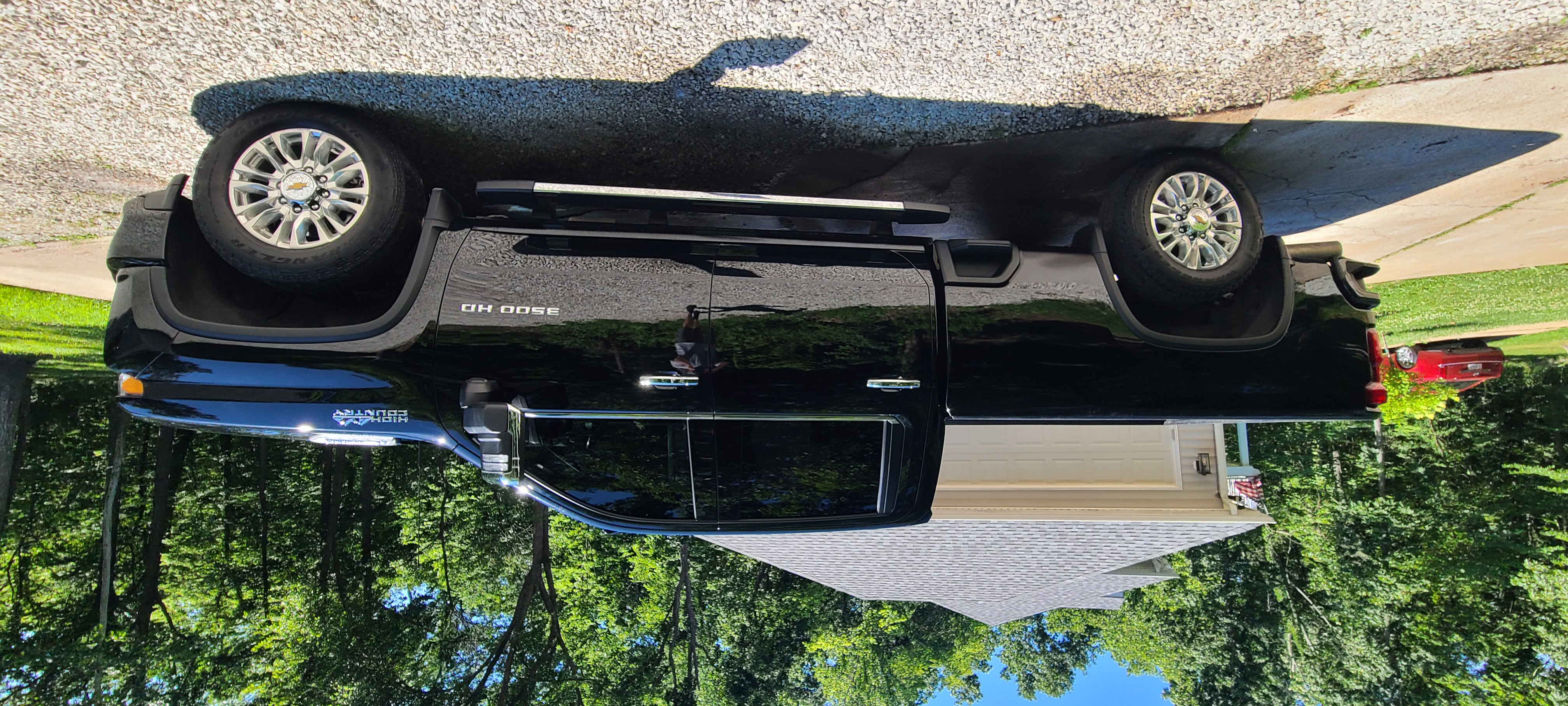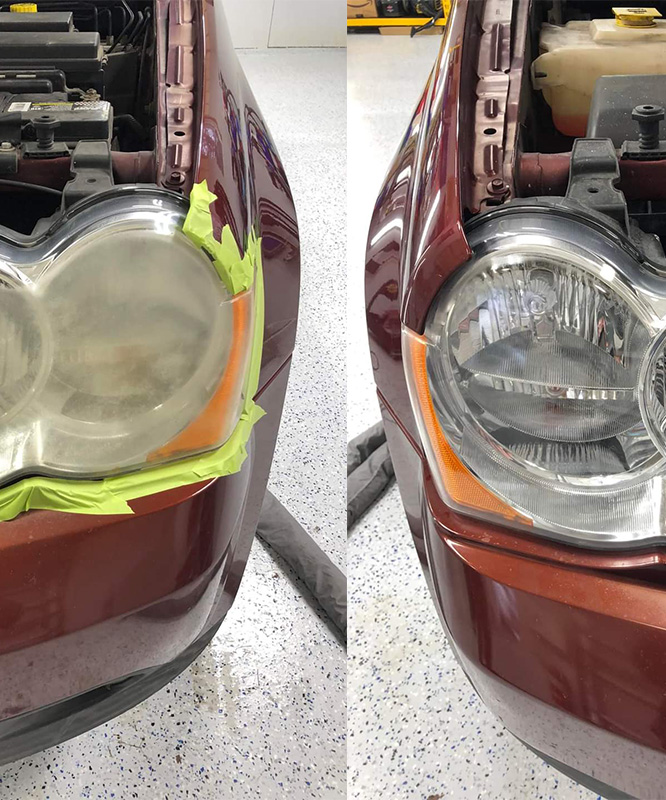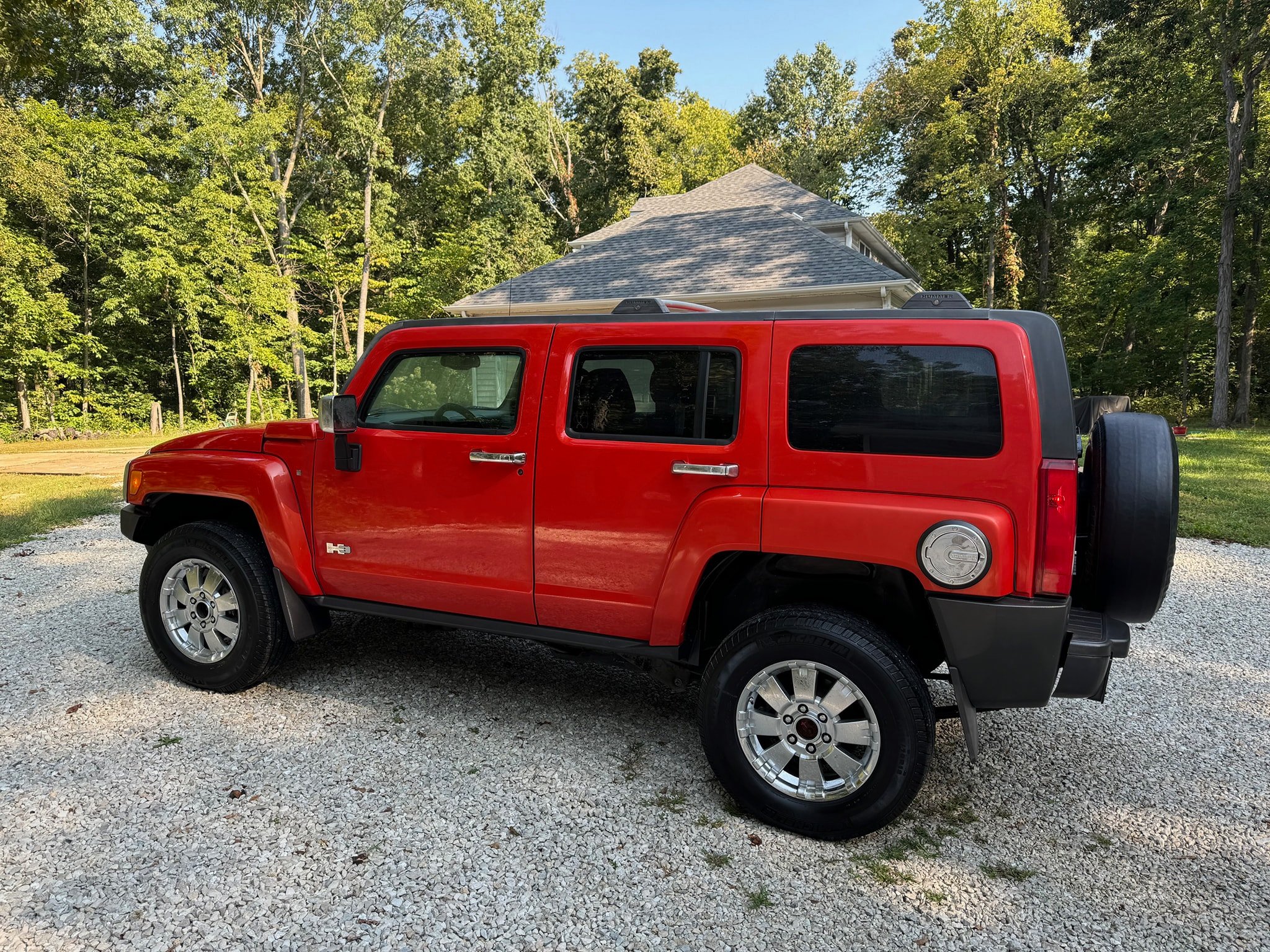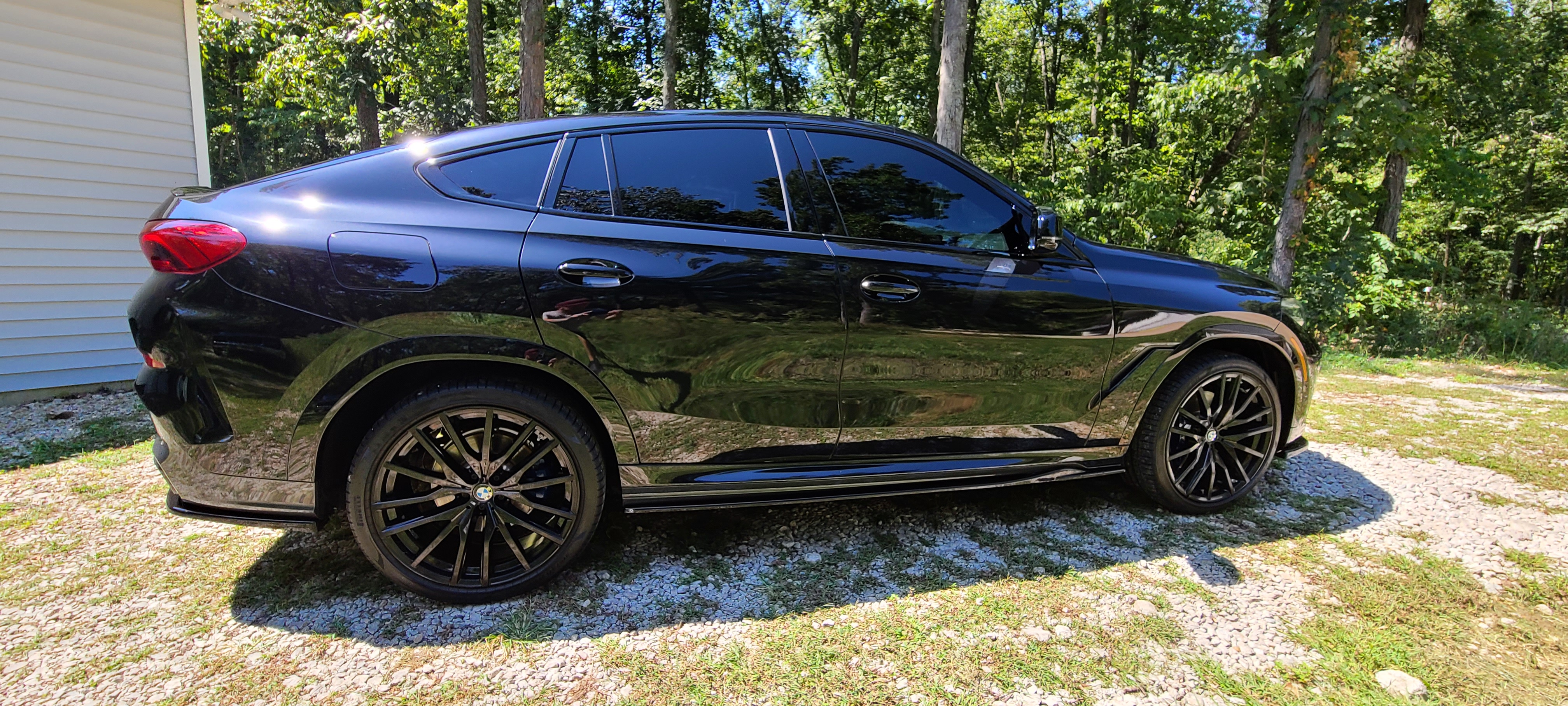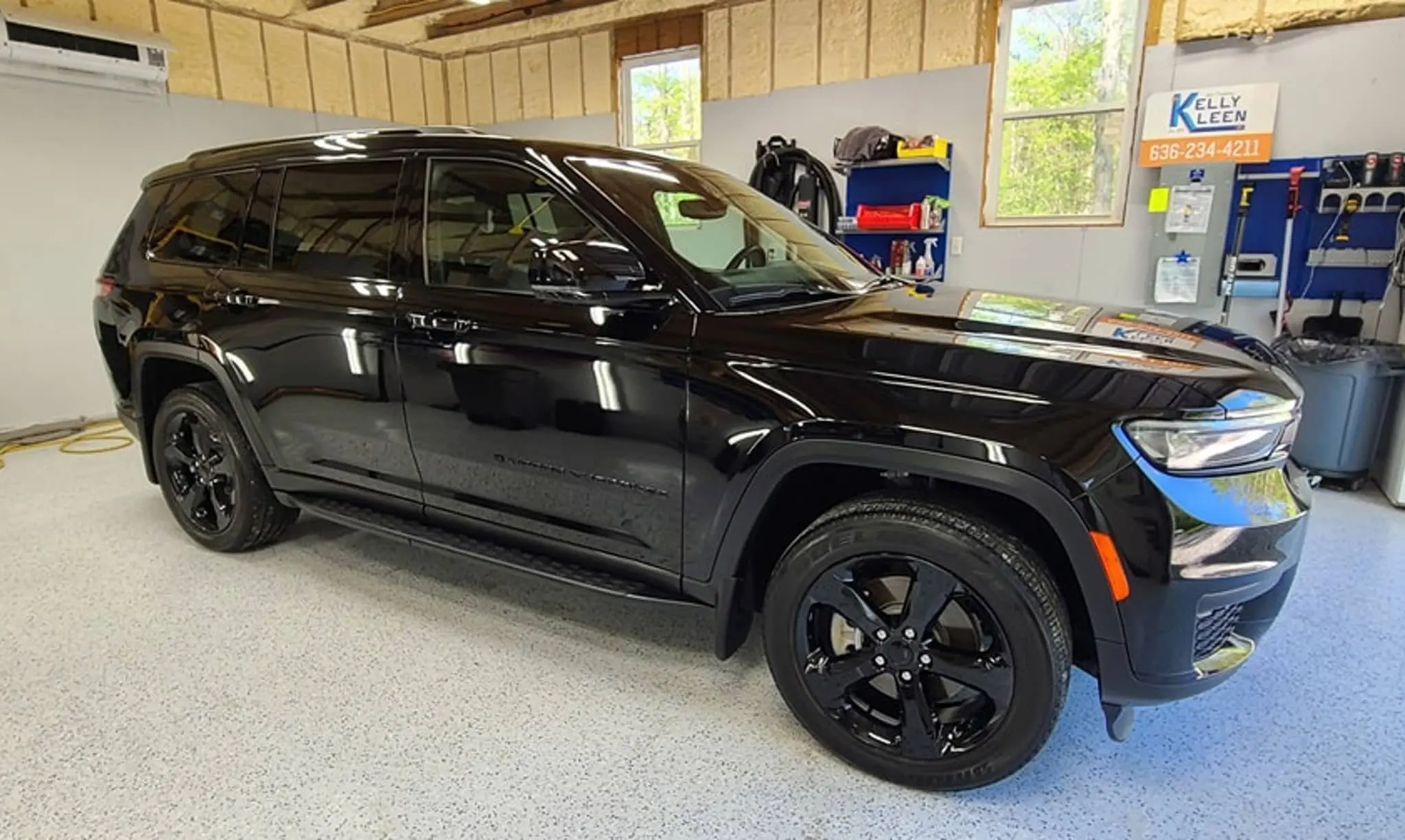
Paint Protection Film (PPF) vs. Ceramic Coating: Which Is Right for Your Vehicle?
Every driver wants that showroom gloss to last long after the keys leave the dealership. Two of the most popular ways to safeguard exterior paint are Paint Protection Film (PPF) and ceramic coatings. Both solutions defend against weather, UV rays, and daily wear—but their chemistry, performance, and price points differ. Understanding those differences is crucial before investing in either option.
Below, we’ll break down how PPF and ceramic coatings work, list their pros and cons, and provide decision-making tips based on driving habits, budget, and aesthetic goals. If you’re still on the fence after reading, feel free to reach out through Kelly Kleen’s Contact Page for a personalized recommendation.
1. What Is Paint Protection Film?
Paint Protection Film—sometimes called “clear bra”—is a self-healing polyurethane film applied directly to painted panels. Originally developed for military helicopter rotor blades, modern PPF is optically clear, incredibly durable, and can even “heal” minor swirl marks with ambient heat or warm water.
Key Characteristics
| Feature | Paint Protection Film |
|---|---|
| Thickness | 6–8 mil on average |
| Surface | Slightly rubbery, high gloss or matte versions available |
| Repairability | Self-heals light scratches; deeper gouges require film replacement |
| Lifespan | 5–10 years with proper care |
| Coverage | Commonly front bumper, hood, fenders, mirrors—full wraps possible |
PPF Pros
- Rock-chip defense – Stops pebbles and road debris from chipping paint.
- Self-healing – Swirl marks vanish with heat.
- Chemical resistance – Shields against bug acids, bird droppings, and sap.
- Custom coverage – High-impact zones or full-body wraps.
PPF Cons
- Higher upfront cost – Material + installation are labor intensive.
- Edges & seams – If not wrapped, film edges can be visible.
- Yellowing risk – Low with premium films, but cheaper brands may discolor over time.
- Replacement cost – Film sections must be peeled and reinstalled if badly damaged.
2. What Is a Ceramic Coating?
A ceramic coating is a liquid nano-polymer (usually SiO₂-based) that chemically bonds with clear coat, creating a hydrophobic layer. Once cured, it boosts gloss, repels contaminants, and simplifies washing.
Kelly Kleen offers professional-grade options—see their Ceramic Car Coatings page for product tiers and warranty details.
Key Characteristics
| Feature | Ceramic Coating |
|---|---|
| Thickness | Microns (much thinner than PPF) |
| Surface | Hard, glass-like, ultra-slick |
| Repairability | Light swirls can be polished & re-coated; not self-healing |
| Lifespan | 2–5 years (professional products) |
| Coverage | Always full-body—including wheels, glass, trim |
Ceramic Pros
- Extreme gloss – “Candy” depth, especially on dark colors.
- Super-hydrophobic – Water beads & sheets, less dirt adhesion.
- UV & chemical resistance – Slows oxidation and fading.
- Easier maintenance – Wash routines become faster, fewer micro-scratches.
Ceramic Cons
- No impact protection – Can’t stop rock chips.
- Prep sensitive – Paint correction required; locks in defects if skipped.
- Upkeep – Still needs safe washing; neglect can shorten lifespan.
- Professional install cost – Cheaper than PPF, but quality matters.
3. Performance Showdown
| Category | Winner | Why |
|---|---|---|
| Rock-Chip Defense | PPF | Film’s thickness absorbs energy. |
| Gloss & Depth | Ceramic* | Adds vivid, wet look (*PPF + ceramic topper can equal or beat). |
| Scratch Resistance | PPF | Self-healing vs. ceramic’s hardness but no “healing.” |
| Water & Dirt Repellency | Ceramic | Nano surface tension keeps paint cleaner. |
| Cost Efficiency | Ceramic (initial) | Lower install cost; PPF higher but protects from costly repaints. |
| Longevity | Tie | Premium PPF 7-10 yrs; top ceramics 4-5 yrs but cheaper to refresh. |
| Maintenance Ease | Ceramic | Wash time drops; PPF still needs regular cleaning. |
4. Choosing Based on Driving Habits
Daily Highway Commuter
- Frequent rock impacts → Prioritize PPF on front clip or full hood.
City Driver or Garage Queen
- Lower chip risk, want maximum gloss → Ceramic coating suffices.
Off-Road/Construction Routes
- Mud, gravel, equipment fallout → Combine PPF (impact zones) + ceramic topper for easy cleaning.
Lease Vehicles
- Ceramic coating boosts gloss and simplifies hand-back prep; less costly than full PPF.
Long-Term Ownership / Collector
- Full-body PPF + ceramic topcoat ensures both chip resistance and show-car shine.
5. Budget Breakdown
| Scenario | Typical Cost Range* | Protection Highlights |
|---|---|---|
| Front-End PPF (partial) | $1,000–$2,000 | Bumper, ¼ hood, mirrors. |
| Full-Body PPF | $4,000–$7,000 | Complete impact defense. |
| 2-Year Ceramic Coating | $700–$1,000 | Gloss & hydrophobicity. |
| 5-Year Ceramic Coating | $1,200–$1,800 | Long-term ease of maintenance. |
| Hybrid (Front PPF + 5-Year Ceramic) | $2,500–$4,000 | Balanced defense & shine. |
*Actual pricing varies by vehicle size, condition, and product tier—contact Kelly Kleen for a precise quote.
6. Installation Matters—Why Professional Service Wins
- Surface Prep: Paint must be decontaminated and polished; professionals at Kelly Kleen Exterior Detailing handle this safely.
- Warranty Compliance: Most premium films/coatings require certified installers for valid warranties.
- Edge Wrapping & Template Cuts: Skilled techs wrap film around panels, hide seams, and plot custom patterns to avoid trimming errors.
- Climate-Controlled Curing: Proper temperature & humidity ensure optimal bonding of coatings and adhesive films.
Attempting a DIY install can leave bubbles in PPF or high-spot streaks in ceramic. Both flaws are costly to fix.
7. Care After Installation
| Task | PPF | Ceramic Coating |
|---|---|---|
| First Wash | Wait 7 days | Wait 7–14 days |
| Washing Method | Touchless or two-bucket | Gentle pH-neutral soap |
| Decon Frequency | Light iron remover every 6–12 months | Iron remover + silica booster every 4–6 months |
| Repair | Replace damaged panel film | Light polish + re-coat section |
Regular maintenance details—available via Kelly Kleen’s service plans—keep either protection performing at its best.
8. Frequently Asked Questions
Q: Can I apply ceramic coating over PPF?
A: Yes! Many owners top a full PPF wrap with ceramic for easier washing and deeper gloss.
Q: Does PPF affect paint color?
Premium films are crystal-clear, though matte versions intentionally mute shine for a satin look.
Q: Will either treatment void my manufacturer paint warranty?
No. Both are removable and widely accepted. Check warranty terms or consult Kelly Kleen for documentation.
9. Still Not Sure? Let’s Chat
Picking between PPF, ceramic coating, or a hybrid approach depends on budget, driving environment, and personal taste. If rock chips plague your commute, PPF on high-impact panels is smart. If you crave low-maintenance gloss, a ceramic coating may be plenty.
For a tailored estimate—or to see sample finishes in person—reach out via Kelly Kleen’s Contact Page. Our certified installers can walk you through options, show real-world results, and craft a protection plan that keeps your ride flawless for years to come.




















